Twilight of the Warriors: Walled In (Soi Cheang, 2024)
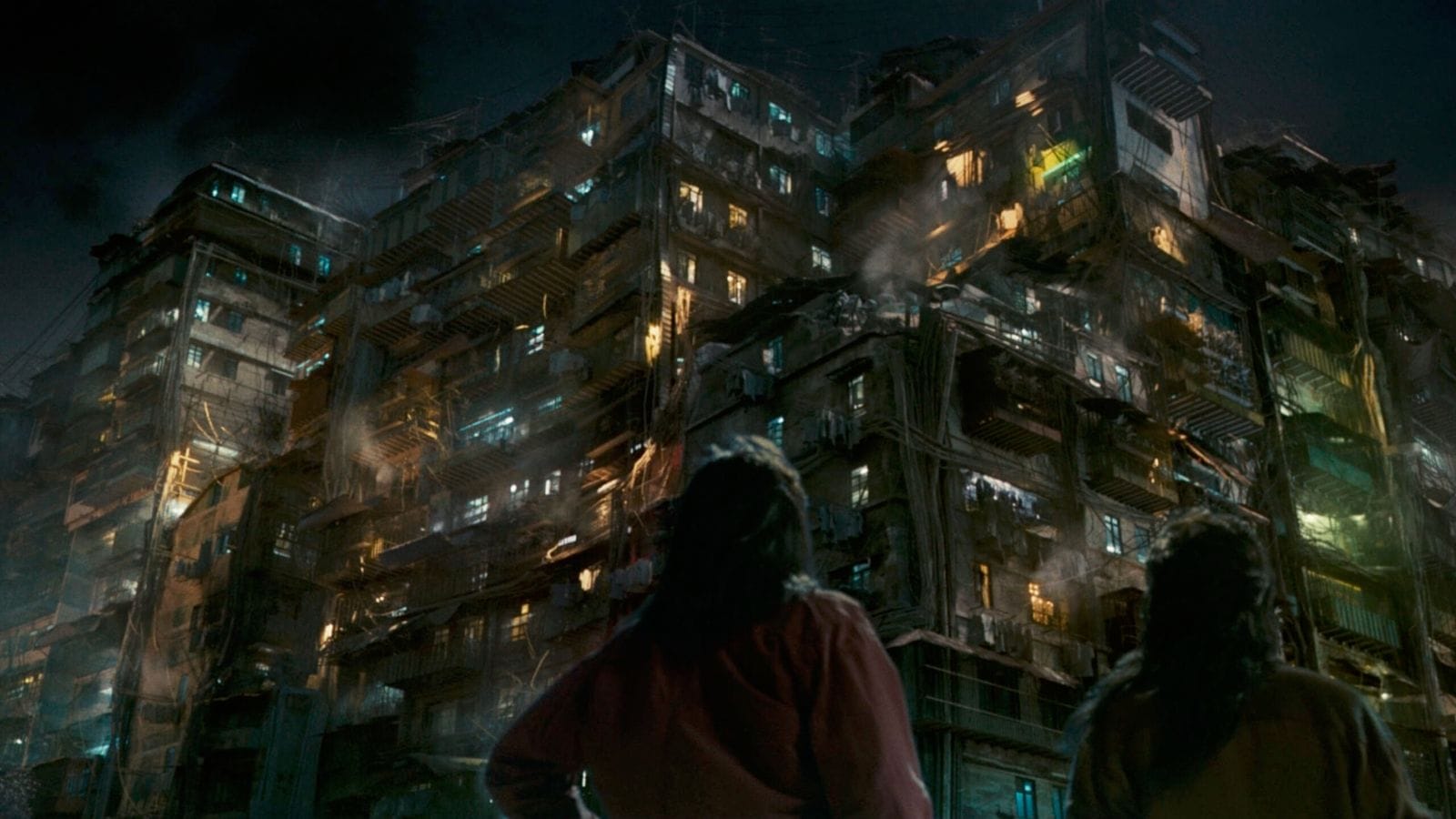
Even though it sounds like one of those straight-to-iQiyi action movies, Twilight of the Warriors: Walled In is in fact one of the most highly anticipated Hong Kong films in years. As a star-studded period piece, it might have fallen in to the trap of so many recent films in this, Hong Kong cinema’s wig era (Chasing the Dragon, Where the Wind Blows), but instead it’s a worthy grindhouse corollary/sequel to The Grandmaster’s exploration of 20th century Hong Kong history, as seen through the conventions of its action cinema.
An adaptation of Yuyi’s novel City of Darkness has been in the works for years, with its wikipedia production section listing such names as John Woo, Johnnie To, Chow Yun-fat, Donnie Yen, Andy Lau, Tony Leung, Anthony Wong, Derek Kwok, Zhang Jin, and even Nicholas Cage as attached to it at one time or another. It’s Soi Cheang who finally managed to complete it, along with stars Louis Koo, Sammo Hung, and Richie Jen, and producer Wilson Yip (with whom Cheang has worked for years on the SPL series). Walled In also features contributions from longtime Milkyway Image stalwarts Cheng Siu-keung (cinematography) and Au Kin-yee (screenplay), who both also worked on Cheang’s last two films, Limbo and Mad Fate. We might then see these Cheang/Au/Cheng collaborations as a kind of trilogy, with Cheang carrying the Milkyway Image banner into the 2020s (though of the three only Mad Fate was actually produced by the company). Where Mad Fate concerns itself with Johnnie To and Wai Ka-fai’s multi-decade exploration of the interplay between chance and fate, Limbo and Walled In take a metaphorical approach to the present and past politics of Hong Kong.
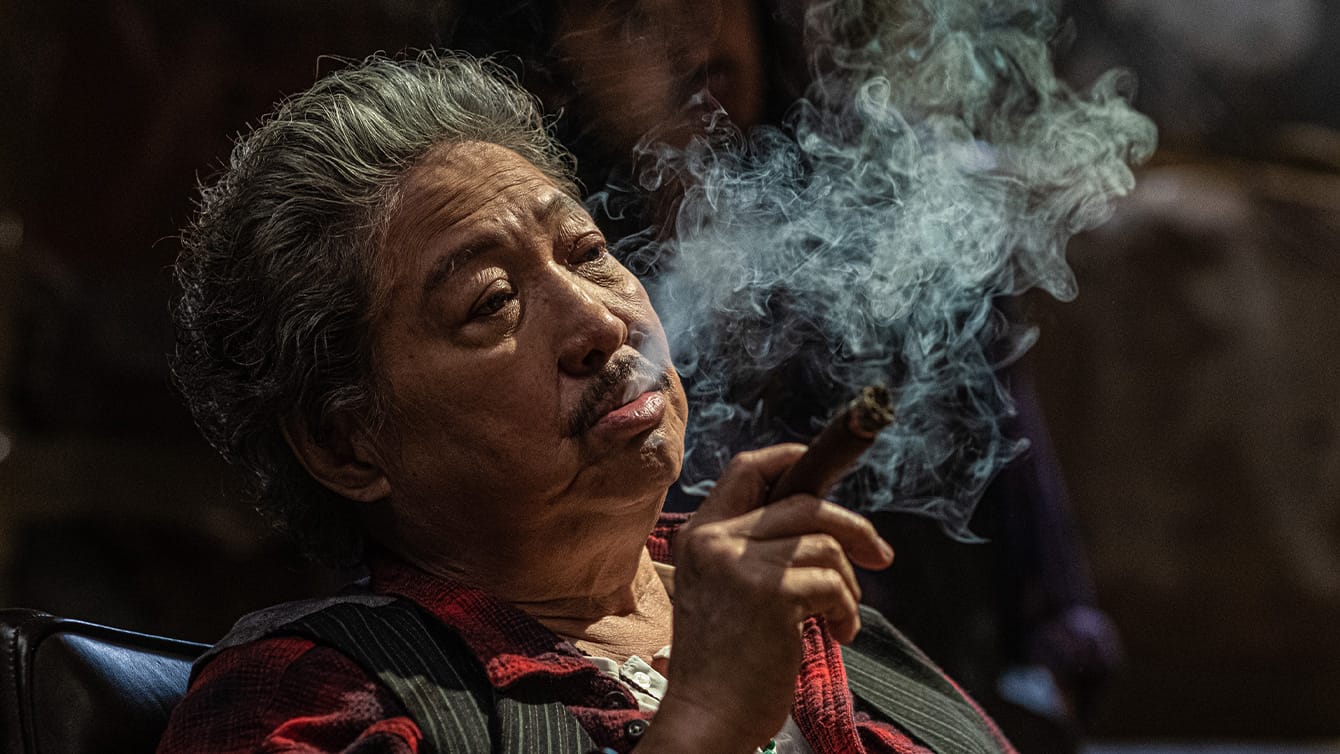
Walled In is set mostly in the mid-1980s in the Kowloon Walled City, the infamously dense urban complex located in a jurisdictional gray area between British Hong Kong and the People’s Republic, a literal Limbo where the normal structures of collective social life (police, sanitation, public utilities) did not function, an impossible maze of brothels and noodle shops, drug dens and immigrant families, workers and gangsters that somehow functioned as a livable community, the most densely populated on Earth. Raymond Lam (a TV star who recently appeared in Wong Jing’s New Kung Fu Cult Master and Wai Ka-fai’s Detectives vs. Sleuths) plays a new immigrant to Hong Kong who, after a falling out with a Triad gang led by Sammo Hung, finds his way into the Walled City, where he becomes a part of the improvised community led by Louis Koo, an aging fighter who once won a battle for control of the Walled City against Aaron Kwok. This first half of the film features a few fights, but mostly focuses on establishing the ways Hongkongers build community out of the literal scraps of outside civilizations. You see its antecedents in everything from Chor Yuen’s The House of 72 Tenants to Peter Chan’s He Ain’t Heavy, He’s My Father to King Hu’s Sons of the Good Earth. These films all position Hong Kong (or the small Chinese town that works as a stand-in for Hong Kong, in the case of the Hu film) itself as an improvised community, beset by wave after wave of immigration, with not enough housing, work, water, or electricity to go around, its people work together (more or less) to make a better life for themselves.
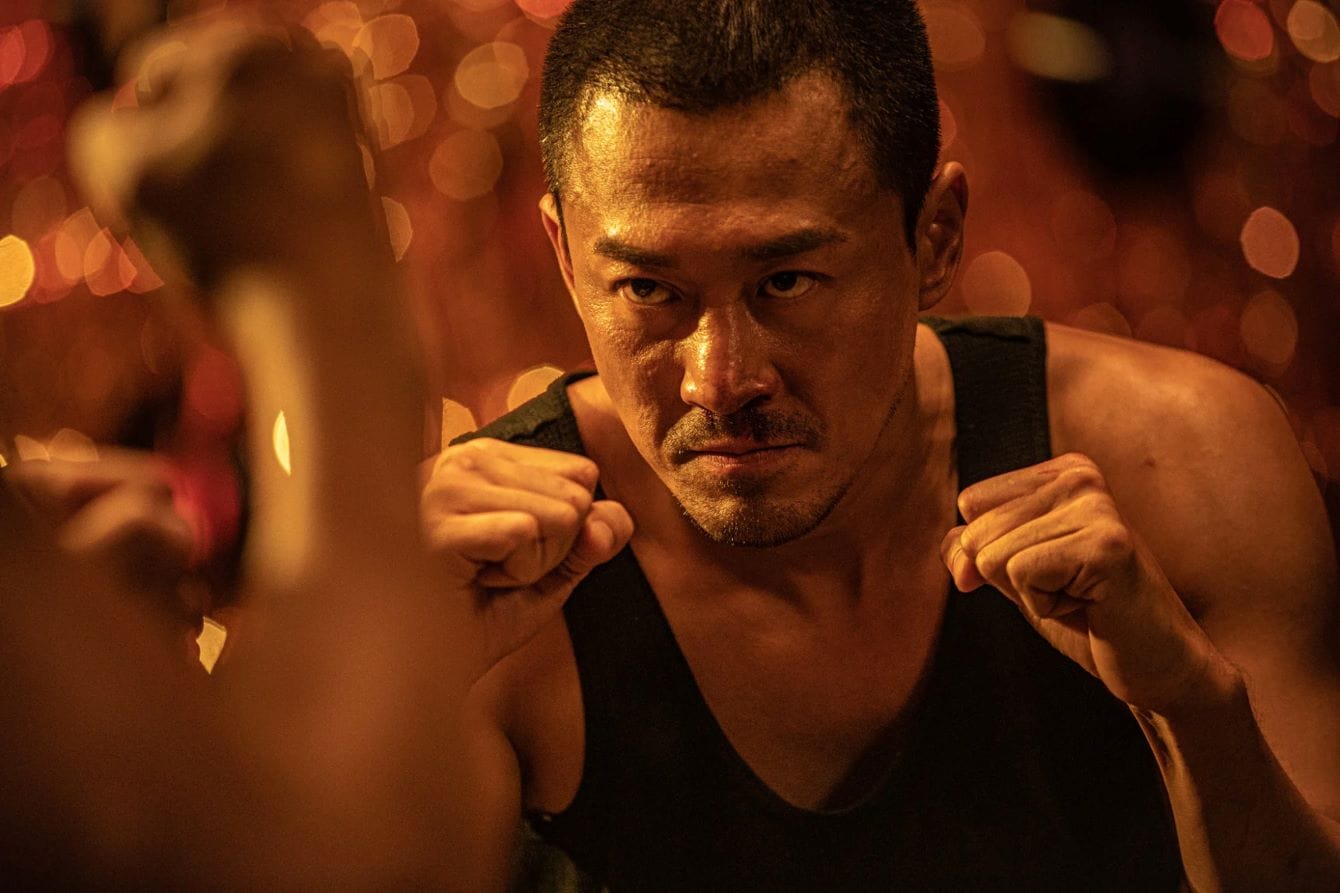
This all turns sour though in 1984, with the twin announcements of the Joint Declaration, when the UK agrees to hand the colony over to the Mainland, and the imminent destruction of the Walled City. The conflation of the Walled City and the colony could not be any more explicit (in fact the demolition wasn't agreed to until 1987), but the film also positions its various gang factions as players in the struggle for Hong Kong’s future, while at the same time proposing the need for Hong Kong cinema itself to move past its greatest generation of stars. If Koo represents the ideal of Hong Kong’s communitarian past, taking in newcomers and integrating them into a community based on shared responsibility, Hung is the city at its worst, the laissez-faire capitalism introduced by the British that is willing to sell out anybody, neighbor, brother, elder, for a chance at a bigger payday. Richie Jen, who plays Koo’s sworn brother who has given up the criminal life for the real estate business, is obsessed with finding Kwok’s illegitimate son (because decades ago Kwok murdered Jen’s family, he needs to kill Kwok’s son to even the scales), represents the Mainland itself: determined to track down the wayward child and make it pay. Lam, the refugee integrated into the Walled City with a mysterious past (he’s Kwok’s son of course), turns out to be Hong Kong itself: scammed by the capitalists (Hung), welcomed by the idealist poor (Koo), and hunted by the obsessive Mainland (Jen).
Cheang navigates this allegorical tangle in classic Hong Kong cinema fashion: with lots and lots of fight scenes. His stars are thrown around and through, in and out, up and down a massive physical set that uncannily recreates the Walled City for the digital age (you can see the real thing in Johnny Mak’s Long Arm of the Law, released the year Walled In is set, or in Jackie Chan and Kirk Wong’s Crime Story, the finale of which helped the demolition process along). The physics of the fights are mostly realistic, building ever more supernatural until the film’s final third, when the ultimate villain of the film takes over. He’s played by Philip Ng (from Once Upon a Time in Shanghai), who actually is a martial artist, and he’s got some magical invulnerability (“spirit powers” the subtitles label them). He had been Sammo Hung’s lieutenant, but in the end he turns on everyone to seize power for himself. I guess he’s the modern Chinese state: overpowered and ruthless.
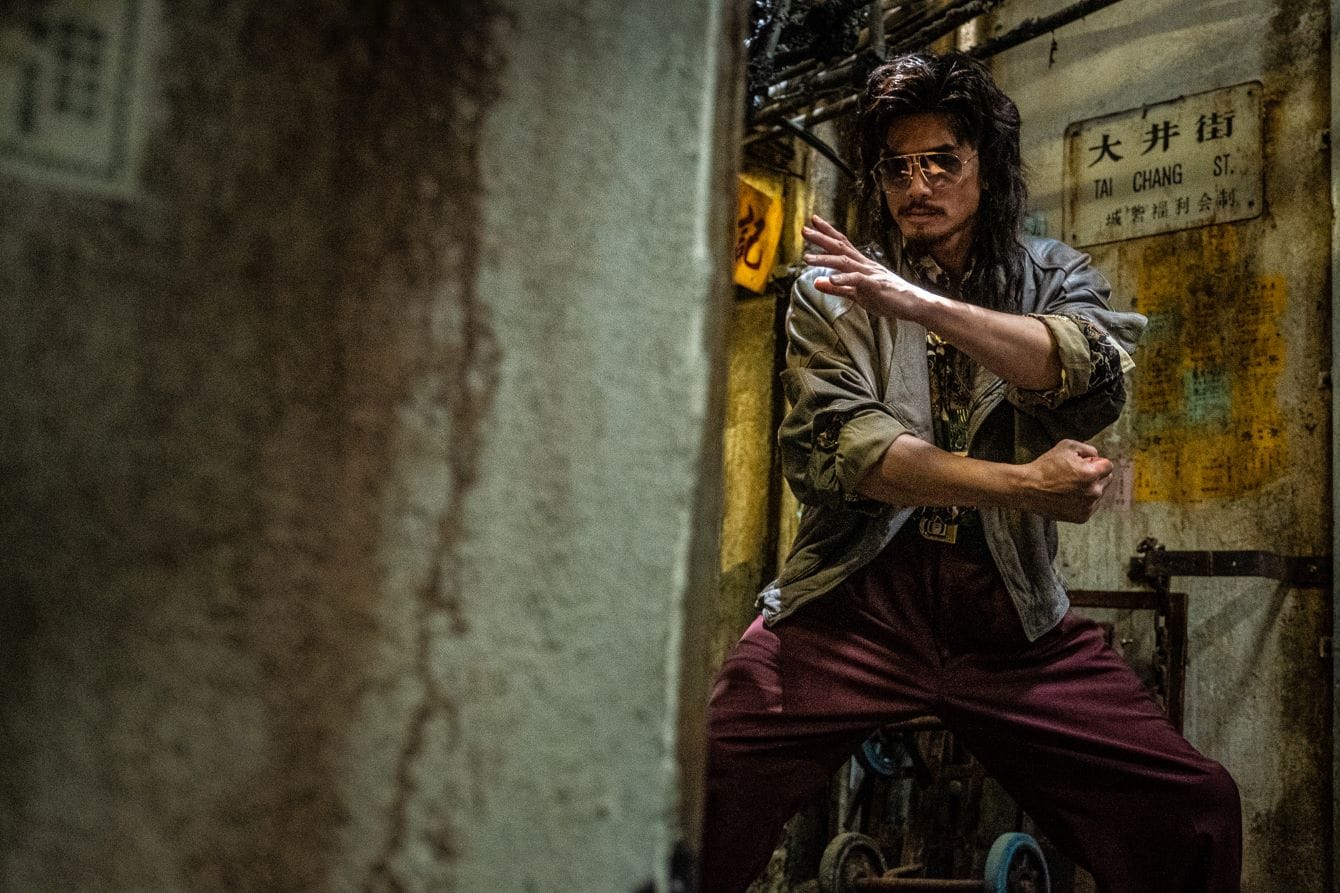
Only Lam and a new generation of heroes (his buddies played by Terrence Lau, German Cheung, and Tony Wu) can stand against him. A running theme in recent Hong Kong film is the over-reliance on the stars of the past to carry movies they have no business leading, playing characters they are much too old to play. But these old stars simply have to be cleared away for the new generation to take over, or Hong Kong cinema will cease to be the vital force it has been for the past sixty-plus years. Only Cheang, among major filmmakers who've had their movies released overseas, has been bold enough to carry out this kill yr. idols agenda and put forth younger actors as the true heroes of his movie. That it serves the needs of his allegory only makes it more necessary. The young heroes are battered and crippled after their first run-ins with Ng: fingers lost, legs broken, faces scarred, bellies stabbed. But they'll join together and carry on the fight nonetheless.
The final battle is the best and wildest yet: Cheang and Cheng as always keeping all the action clear and focused, even while the camera, actors, and editing is always in motion. The choreographer is a veteran Donnie Yen collaborator, Tanigaki Kenji, who worked on Sakra, Raging Fire, Peter Chan’s Wuxia, and directed Donnie in Enter the Fat Dragon. He and the stunt team do great work with the elderly stars. Sammo himself is terrific of course, even though he’s now in his 70s. He still looks great and is still out there doing stunts. Walled In doesn't have the outsized talents of Cheang's SPL 2, with its once-in-a-lifetime trio of Wu Jing, Tony Jaa, and Zhang Jin performing arguably the best on-screen martial arts of the 21st century, nor is Tanigaki's choreography as creative as, say Sonomura Kensuke’s recent work, but he and his crew fill Walled In with a ton of first-rate fighting that is fast, brutal, and makes excellent use of the exceptional environment.
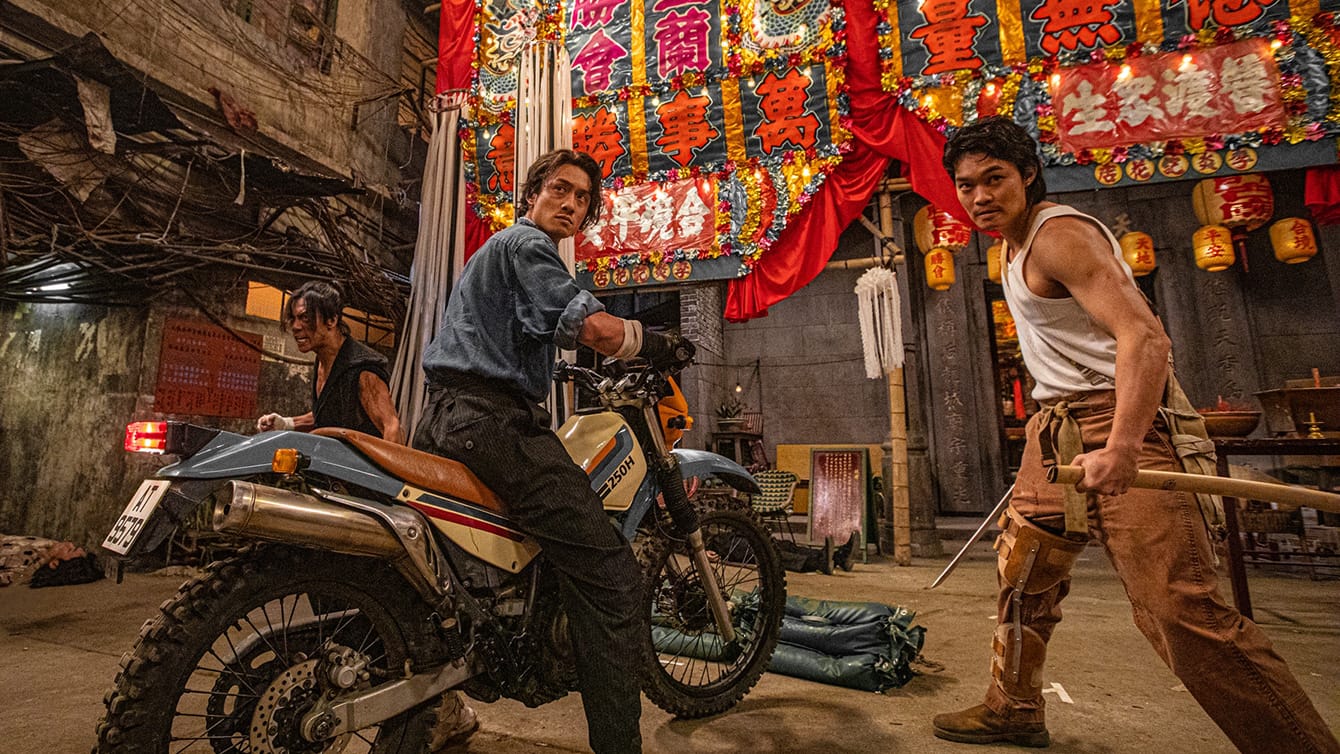
If Limbo saw modern Hong Kong as a pile of garbage, the detritus of multiple failed civilizations piled on top of each other, the people within, discarded by the world’s great powers, turning on each other in spasms of nihilistic violence, with only a sliver of hope for the future, and Mad Fate found the future of the SAR largely out of its control, ruled by the whims of chance and arcane rules no one, not even the most committed bureaucrat or psychic, could understand, Walled In finds inspiration for the future in the most idealistic cinematic visions of the region’s past, where tenements, squalid as they are, are still communities where people can come together and laugh at Lo Hoi-pang and the greatest action cinema in the world continuously reinvents itself, finding new and ingenious ways to amaze audiences everywhere. They may live in an urban hellscape of garbage both human and technological, they may be controlled by forces beyond comprehension or reasoning, but together, our heroes can defeat even the most vile and perverse amalgamations of East and West. They do it, in the end, by subverting it from within, smuggling the tip of a blade into the bad guy like a clever team of filmmakers might slip a confrontational political statement past a censorship board.
